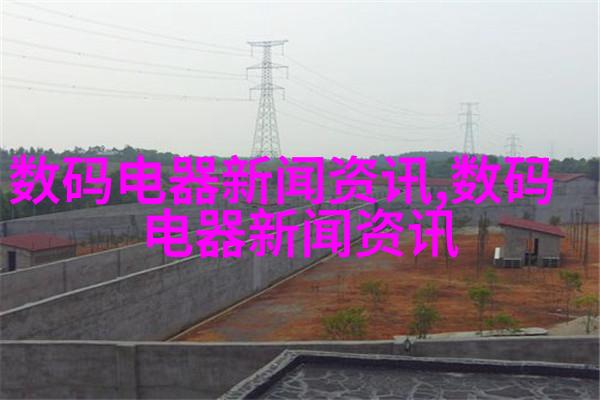钢结构施工技术与创新应用研究
钢结构施工技术与创新应用研究

一、引言
随着城市化进程的加快,高楼大厦的建设成为城市发展不可或缺的一部分。钢结构作为现代建筑中的重要组成部分,其优越的性能和可重复性使其在建筑领域得到了广泛的应用。然而,钢结构施工过程中存在诸多挑战,如施工难度高、环境影响大等,这就要求我们不断探索和推动钢结构施工技术的创新与发展。

二、钢结构概述
1.1 钢材种类及特性

steel is a versatile material widely used in modern construction due to its high strength-to-weight ratio, durability, and recyclability. There are several types of steel materials commonly used in construction projects, including carbon steel, alloy steel, and stainless steel.
1.2 钢构件分类

Steel components can be broadly categorized into two main types: rolled sections (e.g., beams, columns) and fabricated components (e.g., trusses). Rolled sections are produced by rolling raw materials through specialized machines to achieve the desired cross-sectional shape.
三、传统钢结构施工方法及其局限性

3.1 传统工艺介绍
Traditional methods of constructing steel structures include field welding or bolting individual members together on site. These techniques require skilled laborers who can accurately position and align the structural elements for proper assembly.
3.2 局限性分析
Despite their widespread use, traditional methods have some inherent limitations such as increased labor costs due to manual alignment procedures and potential errors that may compromise the structural integrity of the final product.
四、新兴技术与创新应用
4.1 预制合龙法(Precast Connection Method)
This method involves pre-assembling critical connections off-site using advanced manufacturing techniques like robotic welding or bolt tightening machines before transporting them to the construction site for final installation.
4.2 自动化设备在鋼構建造中的應用
The application of automation technology has significantly improved efficiency in both fabrication plants and on-site construction processes through machine learning algorithms that optimize production sequences based on real-time data input from sensors monitoring temperature fluctuations during welding operations or vibration levels during crane movements.
五、环保考虑与可持续发展趋势
5.1 环境影响评估与减轻措施
Construction activities involving large quantities of raw materials often result in substantial environmental impacts such as energy consumption during extraction processes or air pollution generated by transportation vehicles carrying heavy loads across long distances between quarries & factories/assembly sites; however adopting sustainable practices can mitigate these negative effects while minimizing waste generation via efficient recycling systems implemented at each stage throughout entire supply chains involved within this industry sector which could contribute towards overall sustainability efforts undertaken worldwide today!
六、小结与展望未来方向:面向更绿色、高效的未来建筑解决方案。
In conclusion though there remain challenges ahead we believe advancements made so far mark important steps toward greener more efficient future solutions within our ever-evolving built environment; continued research collaboration amongst experts academics policymakers will undoubtedly help drive further breakthroughs paving way toward even more resilient resource-efficient constructions capable meeting societal demands without compromising ecological health – thus forging lasting positive impact upon planet Earth itself!






